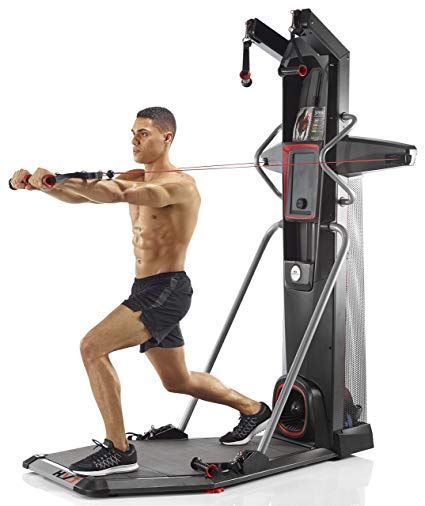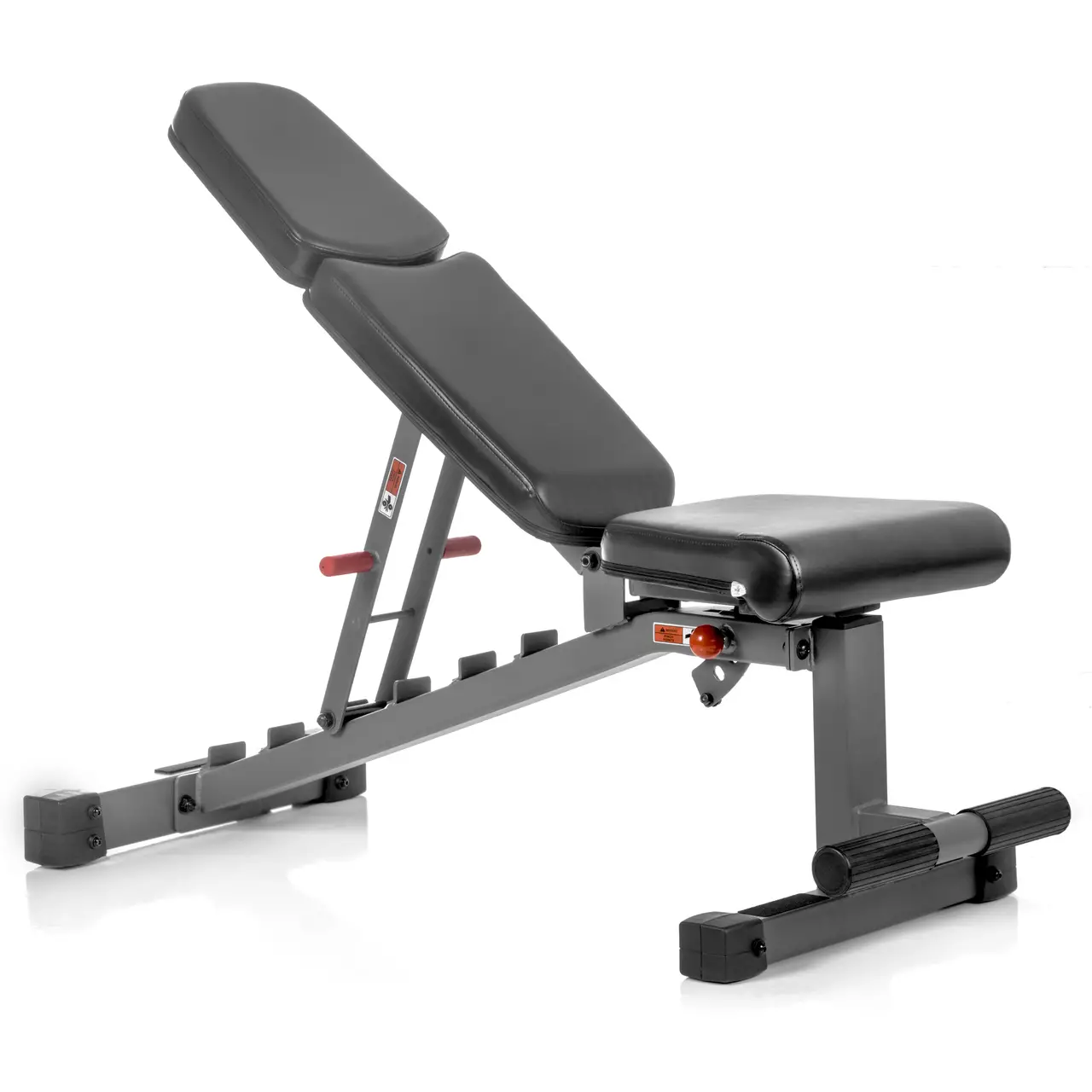Best Shoulder Strengthening Exercises
What’s the key to improving your strength level?
The answer is unequivocal – lifting heavy weight and doing so consistently!
But there’s one vital factor that you need to count on to do that effectively – healthy shoulders. Without them, our workouts are going to be filled with pain (and not of the good kind). And, unless you can extend your range of shoulder mobility, your ability to perform the big moves that bring the significant strength gains is going to be severely compromised.
In this article, we focus in on the vital shoulder exercises that you need to be doing every week to enhance your shoulder military, ward of injury, and those gains coming.
Testing Your Mobility
If you have good shoulder joint mobility, you will be able to bring the shoulder joint to 180-degree flexibility. Here’s how to assess this ability:
- Stand against a wall and straighten out into a neutral spine position with your arms against your sides. Brace your core, breathe in, and keep a neutral pelvis. Now breathe out as you bring your arms out to the side and up to the level of your ears. Now hold this position. If you can hold your arms at ear height, keeping them against the wall without your ribcage flaring out, then you have excellent shoulder mobility. If you can’t, then you need to work on your shoulder mobility.
Resistance Bands for Shoulder Mobility

One of the best shoulder exercises for your shoulders is to get yourself a set of resistance bands. They allow you to work through complete ranges of motion through every possible plane of movement. It is essential, however, to perform your resistance exercises correctly. Do the movements in a slow, controlled manner, being sure to resist the eccentric pull of the band rather than just letting it spring back.
Perform your resistance band shoulder exercises as part of your dynamic warm-up. Precede it with a few dynamic moves such as shoulder rotations and windmills. Alternatively, you may choose to perform your shoulder mobility band moves on between your weight training shoulder moves. In this case, the shoulder exercises with band will be used for active recovery. Do just one set of 15 reps of this kind of shoulder exercises and then rest 60 seconds before doing the next set of your workout.
Front Pull Aparts

- Stand with a band in your hands and arms directly out in front of you at arm’s length. In the start position, your hands should be about 12 inches apart. Draw your shoulder blades and rib cage down. Now move your arms apart as you contract the shoulders. Bring your arms back until they are perpendicular with your body. Be sure to maintain a neutral spine position throughout the movement.
- Perform 3 sets of 15 reps of this kind of shoulder exercises.
Overhead Shoulder Flexion

- Stand with a band in your hands and arms directly out in front of you at arm’s length. In the start position, your hands should be about 12 inches apart. Now move your arms directly up overhead. Pull the arms apart as far as can without bending your elbows. Hold the extended position for a second and then slowly return to the start position.
- Perform 3 sets of 15 reps of this kind of shoulder exercises.
Band Front Raises

- Stand with your feet together and a resistance band under your mid feet. Hold the other ends of the band in your hands at waist level. Maintaining a neutral spine and with your shoulder blades depressed, bring your arms directly out and up to the level of your shoulders. Do not bend your elbows as you use deltoid contraction to bring the band up. Slowly lower and repeat. Perform 3 sets of 15 reps on this move.
Warm Up Exercises
Working on your shoulder mobility doesn’t require a lot of time or effort. You can quickly build an effective shoulder exercises routine into your warm-up regimen. The following moves should form the basis of your shoulder warm ups.
Modified Downward Dog

- Get down on all fours, with your butt in the air and knees slightly bent. Place your palms on the ground and push into the air with your hips. At the same time, push your chest downward. Try to maintain a straight line from your tailbone to your hands.
- Hold this position for 60 seconds. Rest and repeat twice.
Thoracic Spine Rollout

- Lie on the floor will an unloaded barbell on the floor behind you and a foam roller sitting under your mid-back, just below the shoulder blades. With your hips slightly raised from the floor, reach back behind you to grab hold of the barbell at arm’s length. Your grip on the bar should be slightly wider than your shoulder width.
- In this position, expand your ribcage, keep your feet braced on the floor. You will feel the stretch through your last, pecs and shoulders. Hold this position for 5 seconds. Now move the foam roller slightly higher toward the shoulders and repeat. Finally, move the foam roller a little lower to the mid-back and repeat one more time.
Sphinx with Anterior Reach

- Lie face down on the floor with your elbows and forearms on the ground in a Sphinx pose. Now, push your chest away from the field and attempt to pull the shoulder blades apart. Look up toward the ceiling and hold this position as you extend your right arm directly out in front of you.
- Hold this position for 5 seconds and then repeat with the other arm. Go back and forth between the arms for 60 seconds.
Time For The Shoulder Mobility Workout
Having warmed up your shoulders, you are now ready to get into your resistance program to build shoulder mobility and strength. Here are the shoulder exercises that you need to perform:
Seated Dumbbell Press
Key Points
- Keep the shoulder blades retracted
- Keep the core tight and pull in the abs
- Don’t arch your back
- Keep the forearms at a 90-degree angle to the floor the whole time
- Sit with a pair of dumbbells resting at shoulder level with your palms facing forward. Brace your core and push the weights directly overhead until you reach a position just short of lockout (you don’t want to lock out because this takes the tension off the target muscle). Slowly lower back to the start position and repeat.
- Perform three sets of 10 reps of this kind of shoulder exercises.
Shrugs
Key Points
- Maintain a neutral spine position
- Do not bend at the elbow
- Try to lift your shoulders to your ears on each rep
- Stand with your heavy dumbbells in your hands and hanging at your sides. This movement involves shrugging your traps as high as you can in an up and back motion. Imagine trying to get them up to your ears. Perform the movement slowly deliberately and do not straighten your arms.
- Perform three sets of 10 reps on this movement.
Standing Lateral Raise
Key Points
- Lift with the elbows first
- Imagine that you are pouring water from a pitcher as you raise the dumbbells, slightly pronating your wrist in the top position
- Don’t go so heavy that you will lose control
- Hold two dumbbells, one in each hand, at your sides, palms facing your sides. Your feet should be shoulder width apart with your knees slightly bent. Tense your core as you raise the weights to shoulder level (no higher). While you are lifting the weights out to the side, pretend that, instead of dumbbells, you have pitchers of water in your hands and that you are going to water some plants up at shoulder level.
- Allow your elbows to bend and your forearms to drift slightly forward. As you reach the top of the movement, rotate your shoulders forward so that the front plates of the dumbbells are slightly lower than the rear plates – just as if you were pouring water. It will cause you to raise your elbows slightly. The rotation needs to come from your shoulders, not your wrists or arms.
- The pouring motion positions the lateral deltoid to take the brunt of the strain. If you don’t ‘pour’, the front deltoid helps out too much, decreasing the effectiveness of the exercise. Perform 3 sets of 12 reps.
Conclusion
Shoulder mobility is a critical, but often neglected, aspect of strength training. While it may seem like an unnecessary hassle to warm up with a few minutes of shoulder exercises before heading into the heavyweight moves, doing so is the smart way to go.
Get into the habit of performing two or three of the moves we’ve provided before every upper body session, and you will reap the benefits of improved shoulder mobility and decreased deltoid pain. It will make you stronger now and less likely to have to undergo shoulder surgery in the decades to come.










